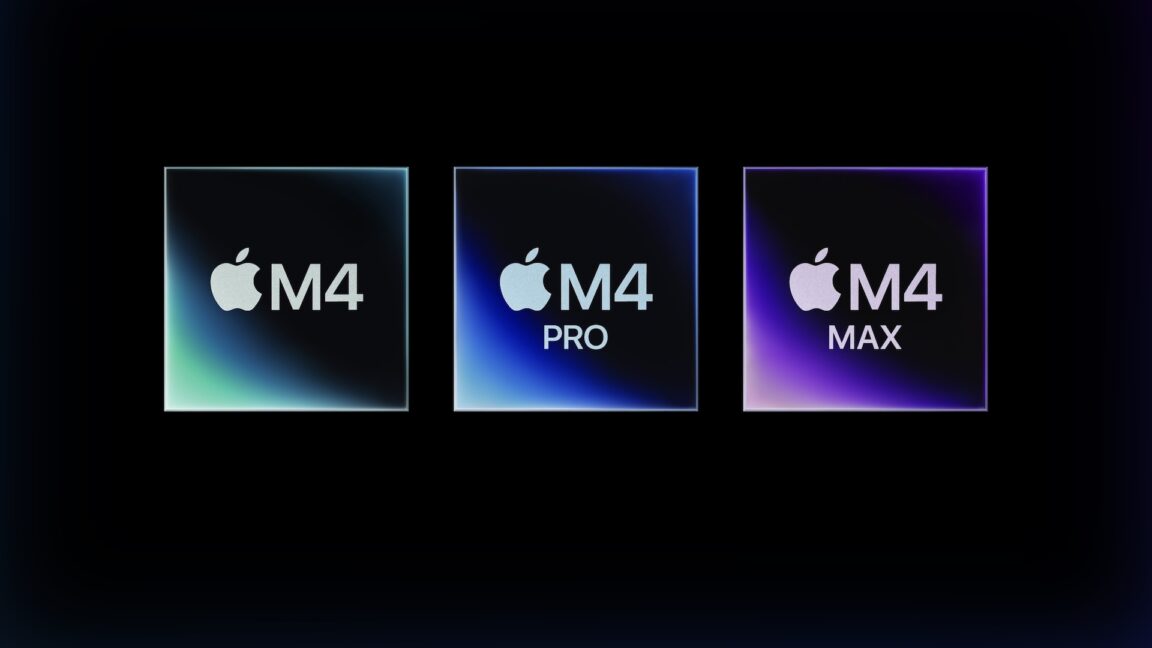The M4 Max is also the only chip where memory bandwidth and RAM support changes between the low- and high-end versions. The low-end M4 Max offers 410GB/s of memory bandwidth, while the fully enabled M4 Max offers 546GB/s.
For completeness’ sake, there is a third version of the M4 that Apple ships, with nine CPU cores, 10 GPU cores, and 8GB of RAM. But the company is only shipping that version of the chip in M4 iPad Pros with 256GB or 512GB of storage, so we haven’t included it in the tables here.
Compared to the M2 and M3
| CPU P/E-cores | GPU cores | RAM options | Display support (including internal) | Memory bandwidth | |
|---|---|---|---|---|---|
| Apple M4 (low) | 4/4 | 8 | 16/24GB | Up to two | 120GB/s |
| Apple M4 (high) | 4/6 | 10 | 16/24/32GB | Up to three | 120GB/s |
| Apple M3 (high) | 4/4 | 16 | 8/16/24GB | Up to two | 102.4GB/s |
| Apple M2 (high) | 4/4 | 10 | 8/16/24GB | Up to two | 102.4GB/s |
One interesting thing about the M4: This is the first time that the low-end Apple Silicon CPU has increased its maximum core count. The M1, M2, and M3 all used a 4+4 split that divided evenly between performance and efficiency cores, but the M4 can include six efficiency cores instead.
That’s not a game-changing development performance-wise (the “E” in “E-core” does not stand for “exciting”), but we’ve seen over and over again in chips from Apple, Intel, and others that adding more efficiency cores does meaningfully improve CPU performance in heavily multithreaded tasks.
| CPU P/E-cores | GPU cores | RAM options | Display support (including internal) | Memory bandwidth | |
|---|---|---|---|---|---|
| Apple M4 Pro (low) | 8/4 | 16 | 24/48/64GB | Up to three | 273GB/s |
| Apple M4 Pro (high) | 10/4 | 20 | 24/48/64GB | Up to three | 273GB/s |
| Apple M3 Pro (high) | 6/6 | 18 | 18/36GB | Up to three | 153.6GB/s |
| Apple M2 Pro (high) | 8/4 | 19 | 16/32GB | Up to three | 204.8GB/s |
The M4 Pro is the most interesting year-over-year upgrade, though this says more about the M3 Pro than anything else. As we noted last year, it was a bit of an outlier, the only one of the M3-generation chips with fewer transistors than its predecessor. A small decrease in GPU cores and a large decrease in high-performance CPU cores explains most of the difference. The result was a very power-efficient chip, but also one that was more of a sidestep from the M2 Pro than a real upgrade.
Source link
